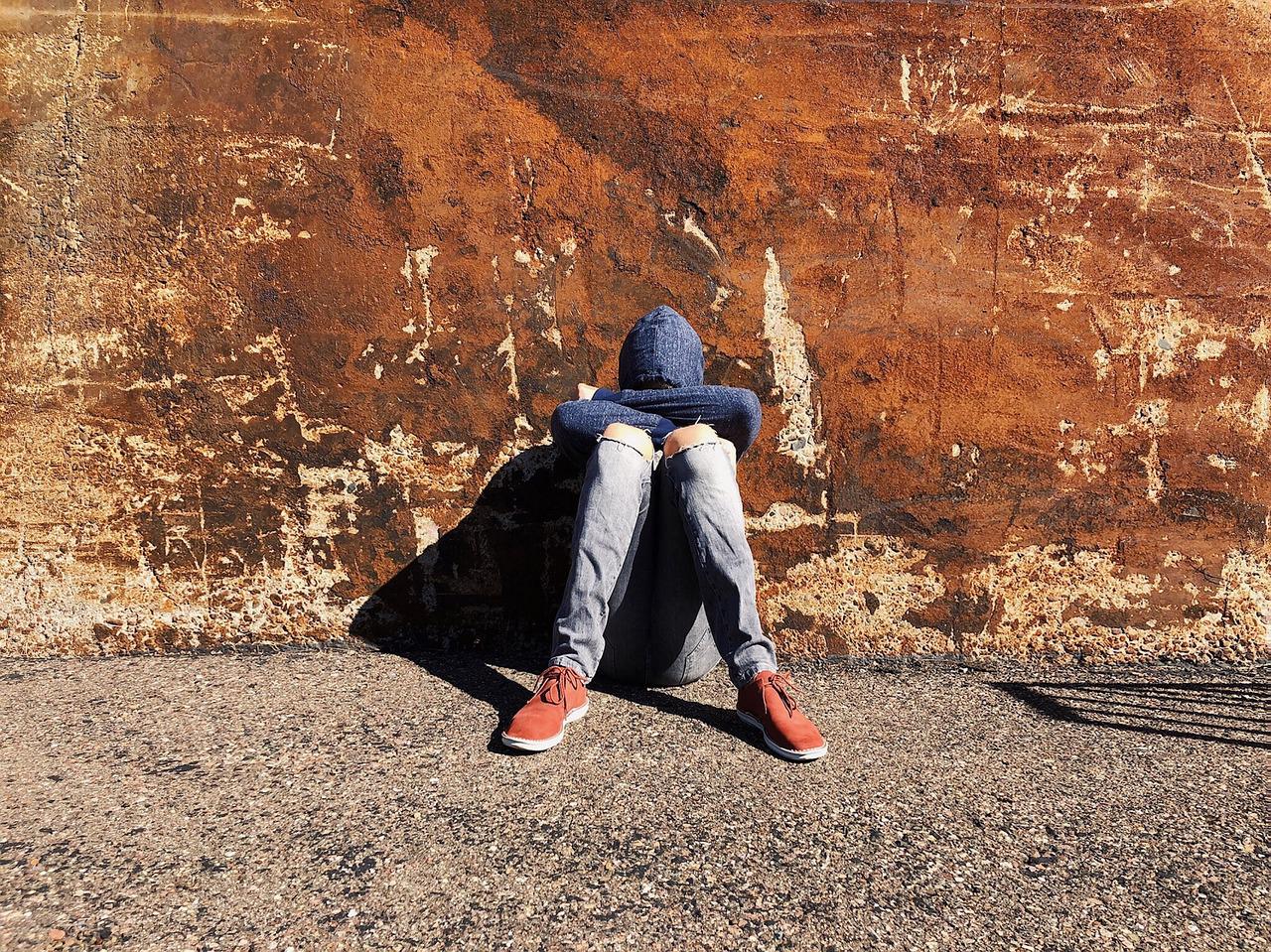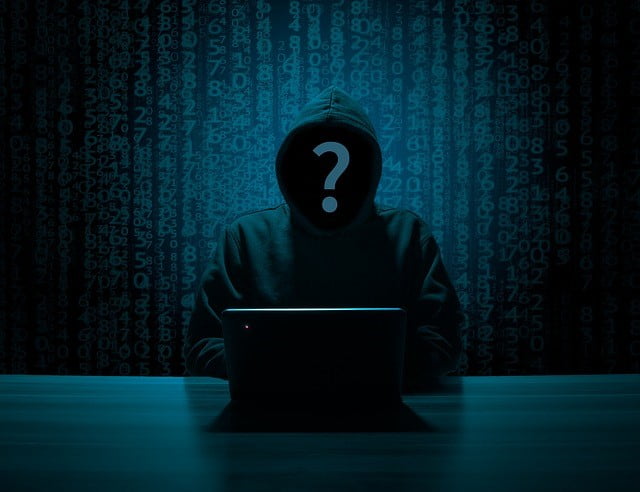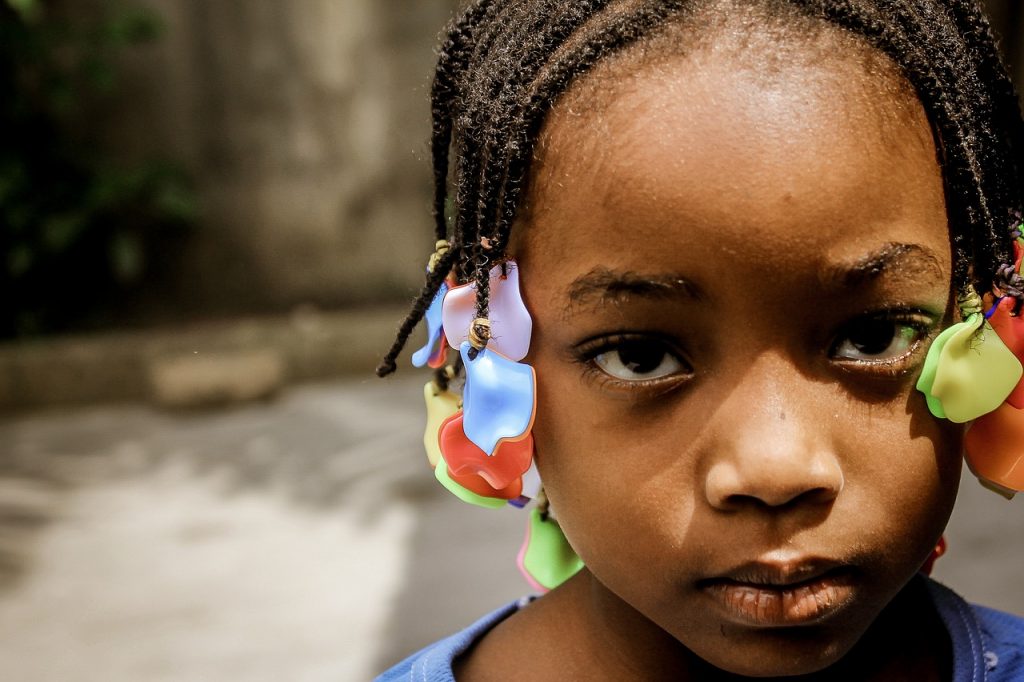What is Cyber Bullying?
We feel that a good description of Cyberbullying is one adopted by the US Federal Government who define it as “bullying that takes place using electronic technology. Electronic technology includes devices and equipment such as cell phones (mobile phones), computers, and tablets as well as communication tools including social media sites, text messages, chat, and websites”.
The UK Government defines bullying involving children as: “unwanted, aggressive behaviour among school aged children that involves a real or perceived power imbalance. The behaviour is repeated, or has the potential to be repeated, over time. Children who are bullied or who bully others may have serious, lasting problems”. Ofsted defines bullying as: “behaviour by an individual or group, repeated over time, that intentionally hurts another individual or group either physically or emotionally”.
For many young people, social networking is all about kudos, how many friends, comments and likes they can obtain. When they begin to experience threatening, harassing and embarrassing posts their world can come crashing down. Children who are bullied are more likely to experience psychological issues that can lead to depression, anxiety and thoughts of self-harm and suicide. There is no doubt that the experience of cyberbullying and the presence of social media has influenced some children to take their own lives.
For the perpetrator, cyberbullying offers a far easier opportunity than bullying face to face. It allows them to hide online anonymously or behind avatars, sending emails, messages and posting on the victim’s media sites. With face to face bullying, the victim is not always accessible. However, the opportunity for the cyberbully is always present – 24/7 (highlighted in the case study below). Posts and messages can be distributed with ease to a wide audience. Tracing the source of the bullying can be difficult and social media platforms such as anonymous conversational apps, make it easier for bullies to hide and prosper.
Case Study – The suicide of Jessica Cleland
Jessica Cleland was a 19-year-old young woman from Victoria, Australia. On 19th April 2014 (Easter Saturday) she tragically took her own life. Jessica had been a victim of cyberbullying and the night before her death had been subjected to many Facebook messages from two teenage boys, whom she considered were her friends. Jessica’s family said that prior to her death she had shown no signs of depression or indicators that she would end her life. Following her death, they found 87 messages between Jessica and the bullies, in which they had made numerous hateful comments about her, whilst she had pleaded with them to stop. At the inquest into her death the Coroner highlighted the impact that social media might have on young people’s lives and said: “Easy access to the internet on her phone meant that she was exposed to potentially upsetting communications 24 hours a day; and she was able to return to, and re-read, the upsetting messages at a later time and therefore appears to have continued to ruminate about them.”
Examples of cyber bullying include:
- abuse
- gossip and the spreading of spiteful and malicious rumours
- threats
- hacking and making public personal details of the victim
- trolling
- baiting
- chat room bashing – often young people who are known to each other, turning or ganging up on one their number in an online chatroom
What is Baiting?
This is a form of cyberbullying where the victim is accused of sexual promiscuity via various media platforms. Baiting has even involved young people being approached in shopping centres who are interviewed on video by the perpetrator, who asks them to identify and describe people they know, who they believe are sexually promiscuous. These videos are then posted online, in some cases to a wide audience using YouTube.
What is Trolling?
A troll is the common term for someone who posts nasty, angry, controversial, inflammatory or derogatory comments and messages online. This is normally carried out in a forum, chat room, or by blogging and sending emails. The web has opened up a safe haven for Troll’s. Anyone can hide behind their devices, false names, avatars and user names, spitting out their vitriol whilst knowing they are pretty safe from being identified and discovered.
The aim of the cyberbully will be to cause:
- humiliation
- anxiety
- embarrassment
- fear
- mischief
- anger
How can I support a young person who is a victim of cyberbullying?
Our view is that educating the young person to the dangers of cyberbullying is the way forward, combined with the need for the responsible adults to also have a good understanding of the issues of online safety. The manner in which you approach the young person will of course be dependent on your relationship with them, their history and personality. It may be helpful to identify the person they most relate to or respect.
Some signs that a young person is being bullied include:
- low self-esteem
- loss of friends, withdrawing from social situations
- refusal to talk about what is wrong
- changes in eating habits, eating disorders
- change in attitude or behaviour
- problems sleeping; frequent nightmares, bed wetting
- frequent headaches, stomach aches, feeling sick or feigning sickness
- behaviour problems at school, a decline in schoolwork and not wanting to go to school
- self-destructive behaviour, self-harm, suicidal behaviour
Many of the principles that apply to general online protection also apply to cyberbullying:
Prevention
- knowledge – ensure you as the carer or other safeguarding professional have a good understanding of the issues of online safety. Get yourself up to speed on which media platforms the young person is using, do they use security, do they understand the dangers, who do they associate with online?
- support – encourage the young person to report abuse or anything they feel uncomfortable with online. Ensure that they are aware that there is someone in place that they feel they can trust – a trusted relative, teacher or key worker. They should also be supplied with an alternative option just in case they don’t feel they can tell someone they know. So, provide them with details on where to find help and how to report abuse. Here are just 3 options that don’t directly involve the police, often a factor in preventing a young person from speaking out:
-
- https://www.iwf.org.uk – make a report of criminal online content to the Internet Watch Foundation.
- Contact Childline on 0800 1111
- https://www.ceop.police.uk/safety-centre – make a report to a CEOP Child Protection Advisor.
- examples – Use case studies and celebrity role models to highlight issues of bullying. There are many famous faces who have publicly and inspiratioally spoken out about being bullied, and who have lent their support to anti-bullying campaigns. Celebrities include: Rihanna, Mila Kunis, Jennifer Lawrence, Barack Obama, Miley Cyrus, Taylor Swift, Kristen Stewart, Lady Gaga and Justin Bieber.
- educate – Where possible educate the young person to the dangers of cyberbullying. The way in which you approach the young person will of course be dependent on your relationship with them, their history and personality.
- privacy – Make them aware that they should always keep personal information private, and consider who they share intimate feelings and thoughts with. Ensure that they use their privacy controls and restrict access to close friends. This is where many social networking sites are naughty and have their default settings fixed at public. Switching to privacy settings often require manual input.
- ditch the ‘friends’ – How many people do they associate with online whom they don’t actually know? Point out that the more associates they have and the more public their profile, the more likely they could become exposed to cyberbullying. Most people have a handful of good friends, so encourage them to think carefully about who they are friends with, and who they befriend in the future. This is a difficult one to manage as many young people see collecting friends and likes as a sign of kudos and status.
- what goes online, stays online – Remind them not to post anything online that may embarrass, compromise or be used against them. Tell them to take 10 seconds out before hitting the send button. If possible, instil in them a need to re-read or look again at the image they might be posting so they can be sure that they are happy with the content. Again, this is a difficult one for them to do. In a world of texting on the go and instant messaging conversations, it will be an alien concept to most, to pause before sending. Combine your cyberbullying chat with your sexting conversation (see next post).
- security – Practice online security. Provide them with some simple tips on being secure. Tell them to be password savvy. Advise them that they need to protect their passwords and keep them private, even to very close friends. Passwords should never be left in form fields on websites and they should always logout. Inform them that they should never open unidentified messages, emails and follow links from people they don’t know. Any untrusted messages should be deleted without them being opened.
- be proactive – Monitor online activity where possible. Most children keep quiet about online abuse so carers and other professionals need to be on their toes. Research and identify technology that might be able to assist you, such as software that is able to track several types of content on a device or if relevant install monitoring apps such a mSpy (please note, there may be some ethical issues for safeguarding professionals, particularly with regards to Looked after Children, so take advice).
Dealing with Cyberbullying
- identify – Establish exactly what has happened. What is the extent of the bullying? How did it start? Identify the ringleader and any others involved. Was it specific bullying from the outset or was it intended as harmless banter that has now got out of hand? It is important to remember that the context of a written message is often lost or misinterpreted online. What might appear harmless when said face to face, may come across differently on social media. Establishing the exact nature of the bullying will inform your decision around how to support and help the young person. It is important to instill in them that it is not their fault.
- communication – Ensure that you involve the young person in your decision-making process whenever possible. Remember any decisions you make will have an impact on the young person and may affect their standing in a group or amongst their peers. Whilst there will be a need to stop the bullying, you don’t want to take actions that might make things worse and isolate them further.
- don’t react – Attempt to instill in the young person that they shouldn’t retaliate. Most bullies are insecure, looking to exercise power over their victim. Reacting will empower them and encourage them to keep going. It will be difficult for many young people to understand this concept, but there are some inspirational videos available online which explain the scenario of power.
- ignore – Tell the young person to remove themselves out of harm’s way. Blocking the sender, leaving a group or chatroom, are all quick ways of preventing any further abuse.
- evidence – Capture and save any offending posts and messages. Screenshot any messages likely to disappear. This is easy on most devices e.g. on most iPhones it involves pressing and holding the sleep/wake button on the top or side of the device whilst simultaneously pressing and then releasing the Home button. On most Android phones it is similar, by pressing and holding the power and volume down button. Keep the records safe.
- report the bullying – It may be necessary to report the bullying. This may be to the young person’s school or ultimately the police. Remember where possible to involve the young person in any decision-making. Don’t forget that inappropriate and offensive posts or messages can be reported directly to most social networking sites, usually by completing an online proforma.
- spread the word – As a safeguarding professional there will be a responsibility to identify other children and young people that might also be victims. The perpetrator may be bullying several people and will undoubtedly not stop of their own accord. It may be that they are an adult and there will be some police involvement. However, they might be another young person who will require some help and interventions. Make everyone aware who needs to be told. “Children who are bullied or who bully others may have serious, lasting problems”.
What does the law say on Cyberbullying?
There is no bespoke cyberbullying law within the UK. However, there are a number of offences already in existing domestic law in England and Wales (similar in Scotland), that may constitute a criminal offence. The laws that may apply are:
Section 1 Protection from Harassment Act 1997 – a person must not pursue a course of conduct which amounts to harassment of another, and which he knows or ought to know amounts to harassment of the other. To do so is an offence.
Section 1 Malicious Communications Act 1988 – a person who sends an indecent or grossly offensive letter or article of any description, electronic or otherwise commits an offence.
Section 127 Communications Act 2003 – A person is guilty of an offence if he sends by means of a public electronic communications network (includes the Internet) a message or other matter that is grossly offensive or of an indecent, obscene or menacing character; or causes any such message or matter to be so sent.
Section 1 Computer Misuse Act 1990 – Unauthorised access to computer material. Causing a computer to perform any function with intent to secure access to any program or data held in any computer.
Section 2 Computer Misuse Act 1990 – Unauthorised access with intent to commit or facilitate commission of further offences.
Section 3 Computer Misuse Act 1990 – Unauthorised acts with intent to impair, or with recklessness as to impairing, operation of computer, etc.
Section 4 Computer Misuse Act 1990 – Unauthorised acts causing, or creating risk of, serious damage.
The Education Act 20111 also provides a power of search and seizure to teachers who may look at electronic devices and delete inappropriate images or data.
The Public Order Act 1986 and the Criminal Justice and Public Order Act 1994 also provide offences that cover harassment, alarm and distress, which includes writing, signs or other visible representations.
Defamation Act 2013 – whilst we mention this, in our view it is not really intended for online cyberbullying.
Where can I find more information?
Some useful websites include:
http://www.antibullyingpro.com – a site run by The Diana Award’s Anti-Bullying Campaign which provides a number of different projects aimed at reducing bullying in schools. One of their main projects is the Anti-Bullying Ambassadors programme which has trained over 24,000 young people across the UK to lead on anti-bullying campaigns in their schools.
http://www.bullying.co.uk – part of the Family Lives website, a charity that works to transform the lives of families and support parents.
https://www.kidscape.org.uk – charity whose vision is that all children grow up in a world free of bullying and harm.
https://www.anti-bullyingalliance.org.uk – The Anti-Bullying Alliance is a coalition of organisations and individuals that are united against bullying.
https://respectme.org.uk – a Scottish charity devoted to ensuring that children in Scotland live free from bullying and harassment and are encouraged to reach their full potential.










